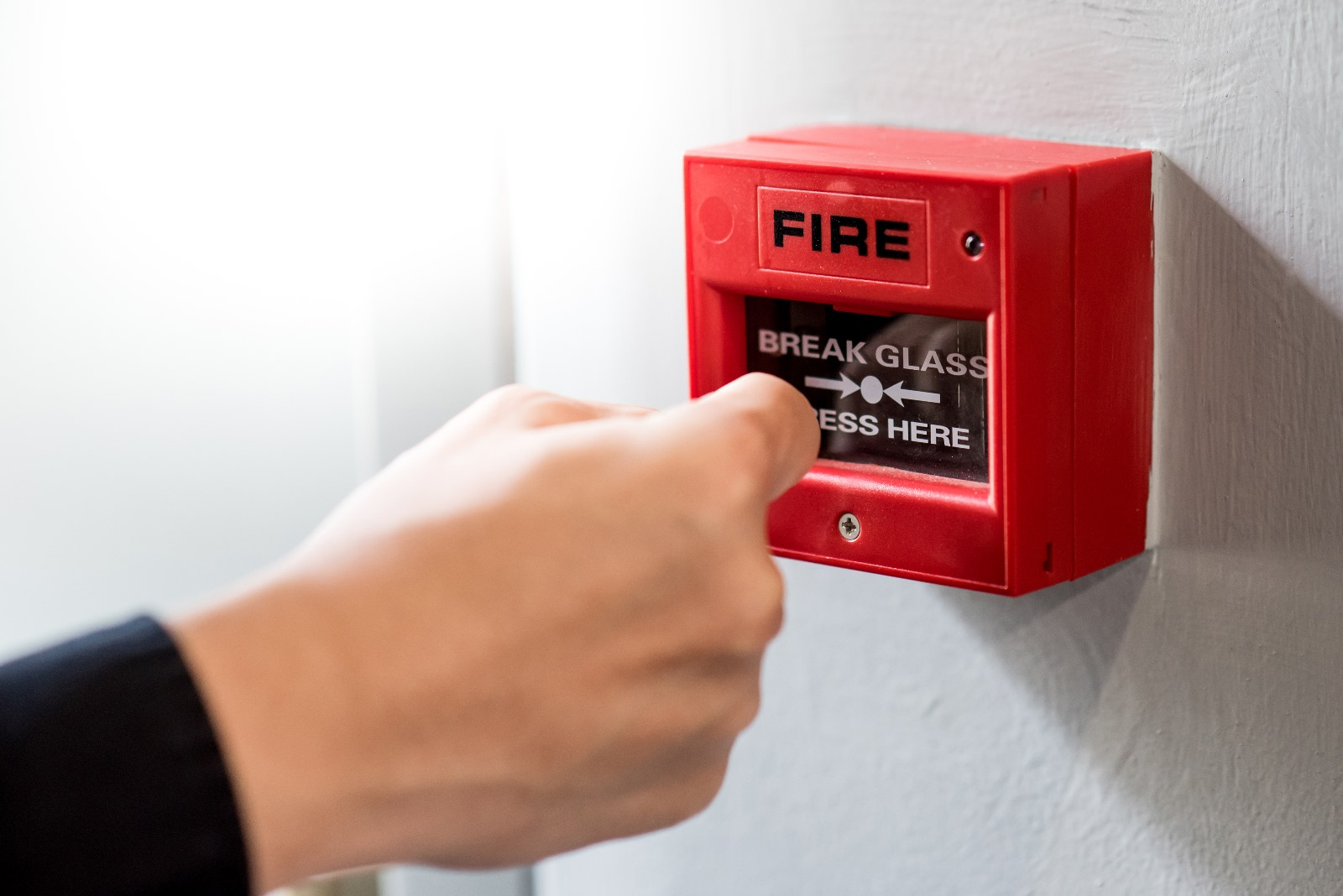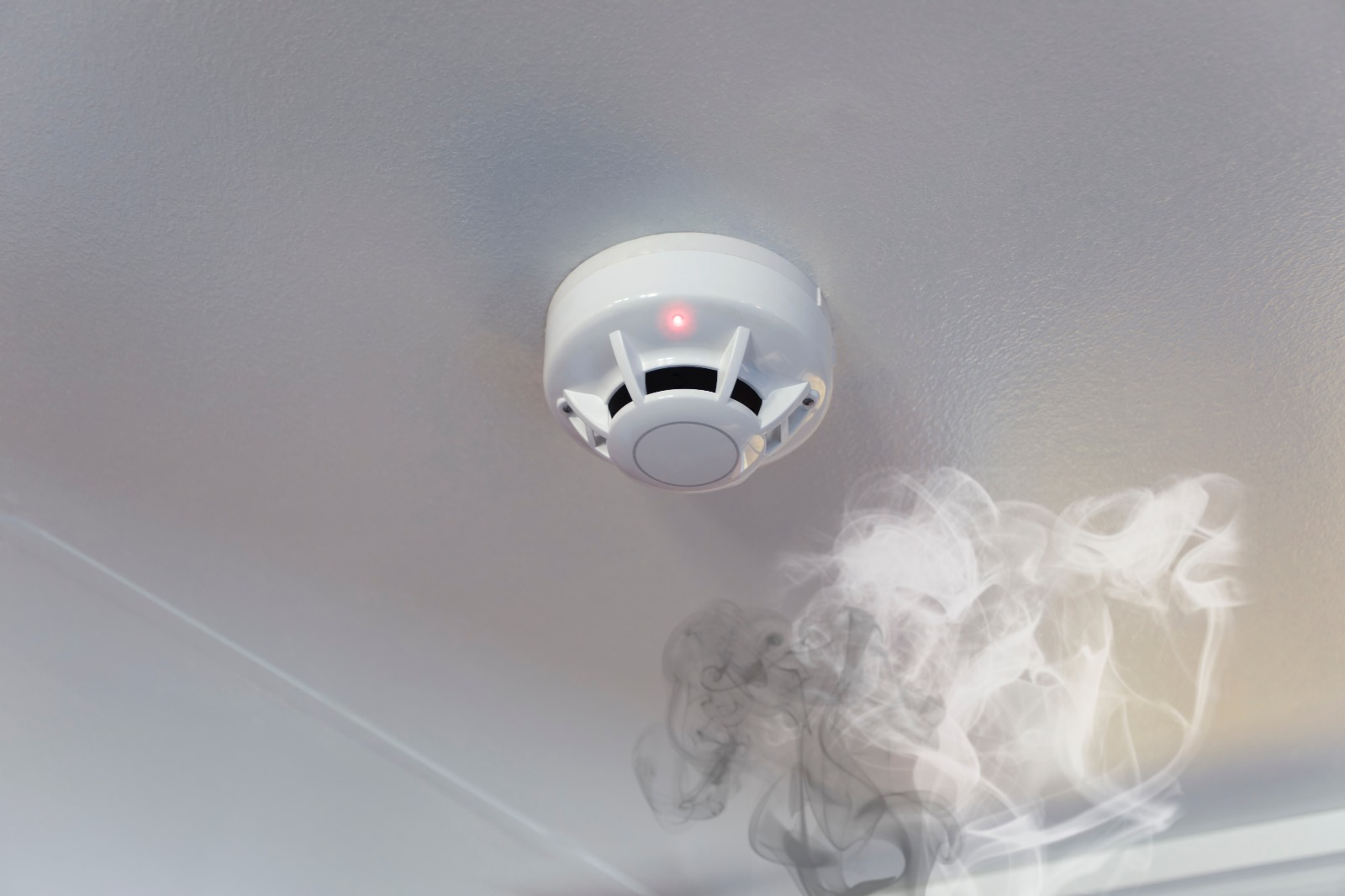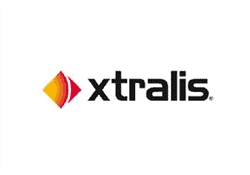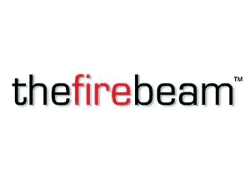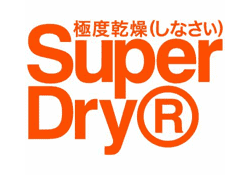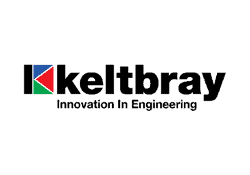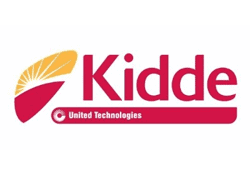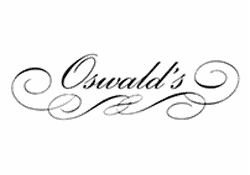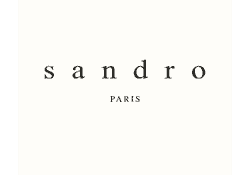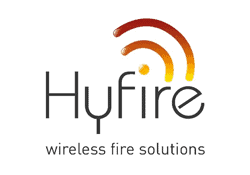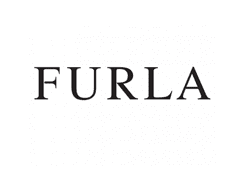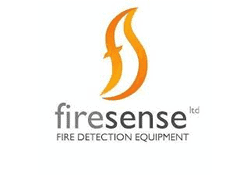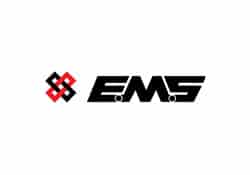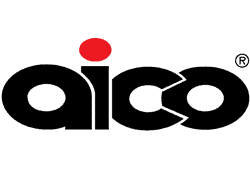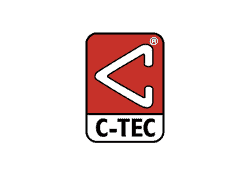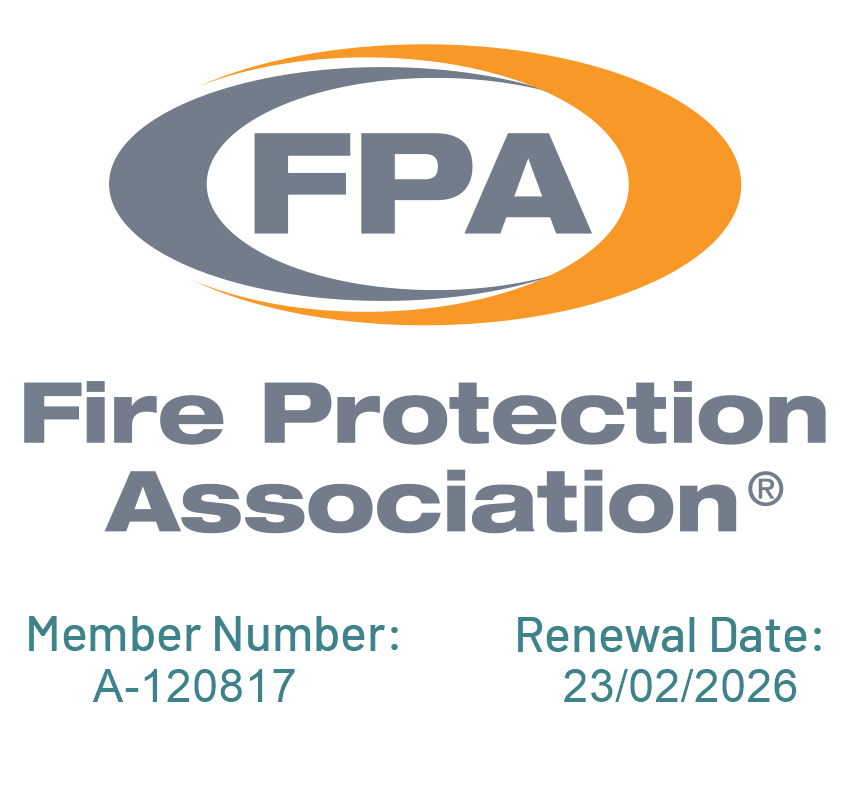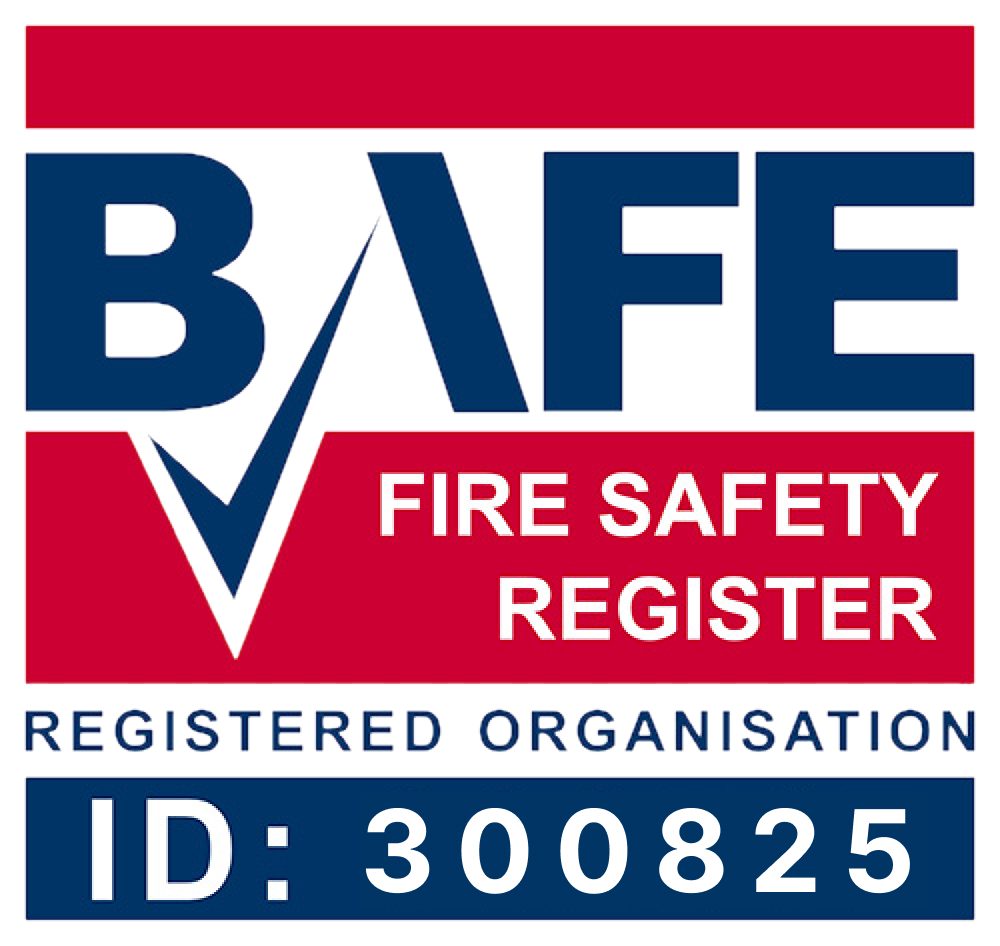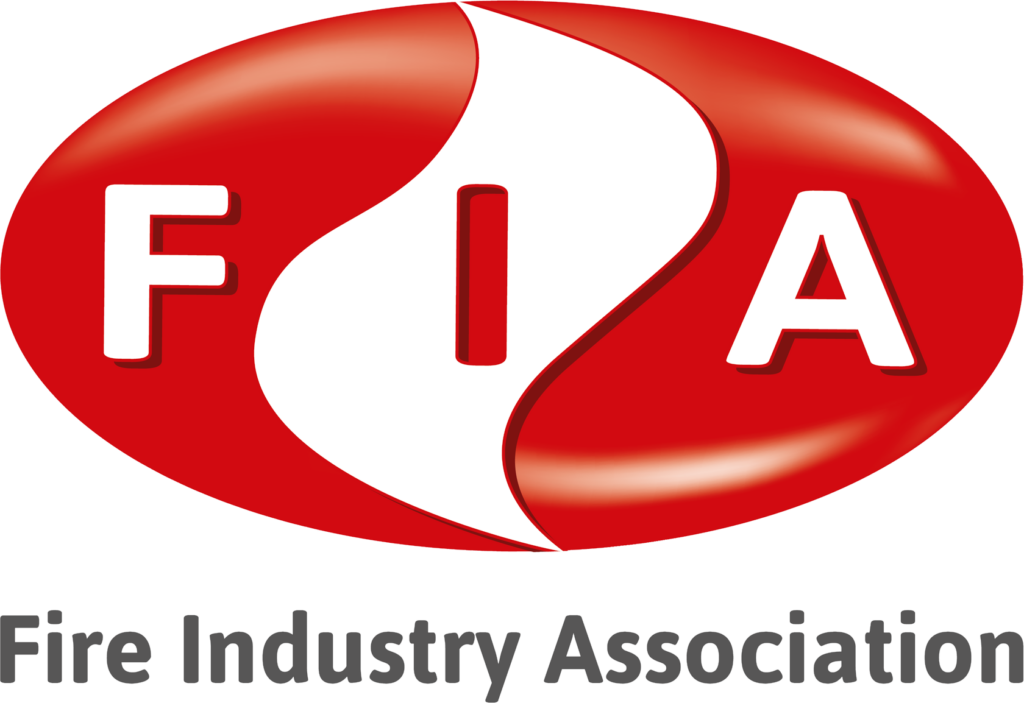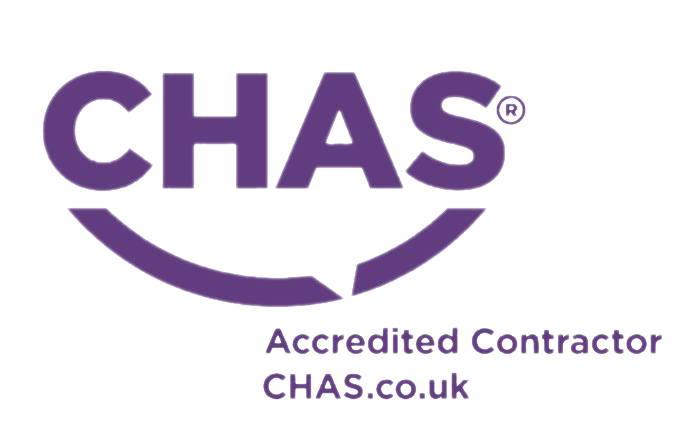Fire safety is a critical concern in both residential and commercial settings. Fires can be unpredictable and devastating, causing extensive damage to property and posing significant risks to human life. In such situations, fire extinguishers serve as indispensable tools for preventing and suppressing fires, playing a crucial role in protecting lives and property.
To ensure that fire extinguishers are used appropriately, a colour coding system has been established, providing quick identification of the type of fire for which a particular extinguisher is suitable. This colour-coding system helps individuals select the correct fire extinguisher based on the fire class, allowing for a rapid and effective response to different types of fires.
Understanding the significance of fire extinguisher colours is paramount for everyone’s safety. In emergency situations, every second counts, and being able to identify the appropriate fire extinguisher quickly can make a significant difference in containing a fire before it escalates. By familiarising ourselves with the fire extinguisher colour coding system, we empower ourselves to take immediate action, potentially saving lives and minimizing property damage.
In our article, What Type of Fire Extinguisher Do I Need for My Premises, we looked at all the different types of fires and where they are most likely to occur, and which fire extinguishers are suitable for those fires. In this comprehensive guide, we will delve into the intricacies of the five fire extinguisher colours, and their corresponding fire classes.
There are six classifications of fires and different fires call for different types of fire extinguishers, which are therefore divided into 5 fire extinguisher colours. It is absolutely crucial that the correct type of fire extinguisher is selected depending on the risks at hand, not just in terms of legal compliance under the Regulatory Reform (Fire Safety) Order 2005, but also because fire extinguishers can literally save lives.
So, whether you are a homeowner, a business owner, or simply someone concerned about fire safety, join us as we unravel the mysteries behind fire extinguisher colour coding. Together, let’s ensure that we are well-prepared to tackle fires swiftly and effectively, safeguarding lives and property in the face of this formidable threat.
- Read also our Fire Extinguisher Guide for more information.
WHAT ARE THE 5 TYPES OF FIRE EXTINGUISHERS?
There are five main types of fire extinguisher:
- Water*
- Dry powder
- Foam
- Carbon dioxide (CO2)
- Wet chemical
* Water fire extinguishers come in two different types: water spray and water mist.
What are the fire extinguisher colours?
 There are five fire extinguisher colours:
There are five fire extinguisher colours:
- Red – Water (both spray and mist)
- Blue – Dry powder
- Cream – Foam
- Black – Carbon dioxide (CO2)
- Yellow – Wet chemical
All fire extinguishers have a red or chrome body. Each type is identified using individual fire extinguisher colour codes shown on a band at the top of the extinguisher.
Up until 1997, the body of the fire extinguisher was the identifying colour. For example, carbon dioxide extinguishers were completely black, and dry powder extinguishers were blue. This all changed, however, to fall in line with British Standard and European Standard BS EN3, with the red colouring making it easier to locate a fire extinguisher when in a smoke-filled or dark environment.
Chrome coloured extinguishers, whilst not quite fitting with the visibility concept, are still tested against BS EN3, but it is recommended they are used alongside more prominent fire extinguisher signs so that they are more obviously visible.
What do the different fire extinguisher colours mean and what are they used for?
Each colour-coded extinguisher is used to extinguish a different class of fire, as our fire extinguisher chart below illustrates:
| Colour | Type | Class of fire | Use on | Notes |
| Red | Water | A | Organic solids e.g. paper, wood, straw, plastics, coal, soft furnishings | Not suitable for electrical or deep fat fires* |
| Blue | Dry powder | A, B, C, D Electrical |
Organic solids plus flammable liquids e.g. petrol, oil, solvents, paraffin, tars; flammable liquids e.g. propane, butane, methane; metals and swarf; electrical fires | Not suitable for electrical fires over 1,000 volts |
| Cream | Foam | A, B | Organic solids, flammable liquids | Not suitable for domestic fires |
| Black | Carbon dioxide | B, electrical | Flammable liquids, electrical fires | Suitable for high and low voltage electrical fires |
| Yellow | Wet chemical | A, F | Organic solids, cooking oils and fats | Suitable for use at very high temperatures |
* Water mist extinguishers are suitable for electrical or hot fat fires, but water spray extinguishers must NEVER be used on such fires. Water fire extinguishers with additives are also usually safe for use on fires involving electrical equipment, as long as they have been dielectrically tested.
Our guide to the different classes of fires reveals more about the fuel sources behind each fire type and how they are extinguished.
Always bear in mind that using the wrong type of extinguisher on a particular fire could lead to more than just a failed attempt to put it out; it could make things considerably worse by further fuelling the flames. It is therefore vital that the correct colour extinguisher or extinguishers are chosen. Your fire risk assessment will reveal which one you need.
What is the difference between water spray and water mist fire extinguishers?
Water fire extinguishers work by removing the heat source from the fire. The cooling action of the water slows down the burning until the flames are extinguished. They are most commonly used for Class A fires – anything involving organic solids such as paper, wood, straw, plastics, coal and soft furnishings – but a water spray extinguisher must never be used on electrical equipment, kitchen fires or fires involving flammable gas and liquids. A water mist extinguisher can, however, be used on electrical and hot fat fires. Here’s why.
Water mist extinguishers spray water so finely that it will not conduct electricity at regular commercial voltage levels. What’s more, there are no puddles created that could act as a conductor. Water mist extinguishers are often preferred as more versatile for a greater variety of fire types, and because they leave very little mess.
Water spray and water mist extinguishers are both colour-coded red.
What different fire extinguishers are available?
A range of colour-coded fire extinguishers are available. These include:
Small fire extinguishers
Small fire extinguishers are designed for compact, enclosed spaces, where there is limited storage. They are also lighter and easier to handle. Mini fire extinguishers can be dry powder or foam. They are easy-to-operate, environmentally friendly aerosols usually available in sizes from 600g to 900g dry powder or 600ml foam. Check for a 5-year manufacturer’s warranty and either BS 6165 certification or the BS EN3 kitemark.
Slightly larger but still classed as small fire extinguishers are the regular squeeze grip operation 1Kg or 2Kg dry powder models, or 1 or 2-litre foam extinguishers. With these, you need to check for the BS EN3 kitemark, a CE mark and a 5-year guarantee.
Water extinguishers with additives are usually smaller and lighter too. For example, a 6-litre water fire extinguisher with additives will offer the same rating as its 9-litre equivalent but is much easier to handle.
Refurbished fire extinguishers
It is possible to purchase refurbished fire extinguishers, although they are usually only available in carbon dioxide and sometimes dry powder. Carefully check the standards to which the extinguisher has been refurbished and make sure you get a warranty, even if it is just one year. It may be possible to save up to 50 per cent off the price of a brand-new extinguisher but do weigh up the pros and cons before you go ahead.
Maintenance-free fire extinguishers
P50 maintenance-free fire extinguishers are available in a range of sizes and types. These extinguishers are designed to avoid internal corrosion by containing the extinguishing chemicals within a multi-layered composite container. This means they don’t need regular servicing.
P50 extinguishers are constructed with additional security features to ensure it remains possible to gauge the correct pressure and check the safe status of the extinguisher. Visual inspections are still required, the hose must be checked for obstruction and the pressure indicator read regularly. If all is found to be acceptable then this is logged in the fire safety logbook. If any issues are found, however, the supplier will usually replace the extinguisher for free within the first ten years of life.
Fire extinguisher advice from IQ Fire Solutions
IQ Fire Solutions is British Standards qualified and vastly experienced in all aspects of fire safety. We offer specialist advice on choosing the right colour-coded fire extinguisher for your particular workspace and risk types. To learn more, or to arrange a tailored fire risk assessment, call us.

